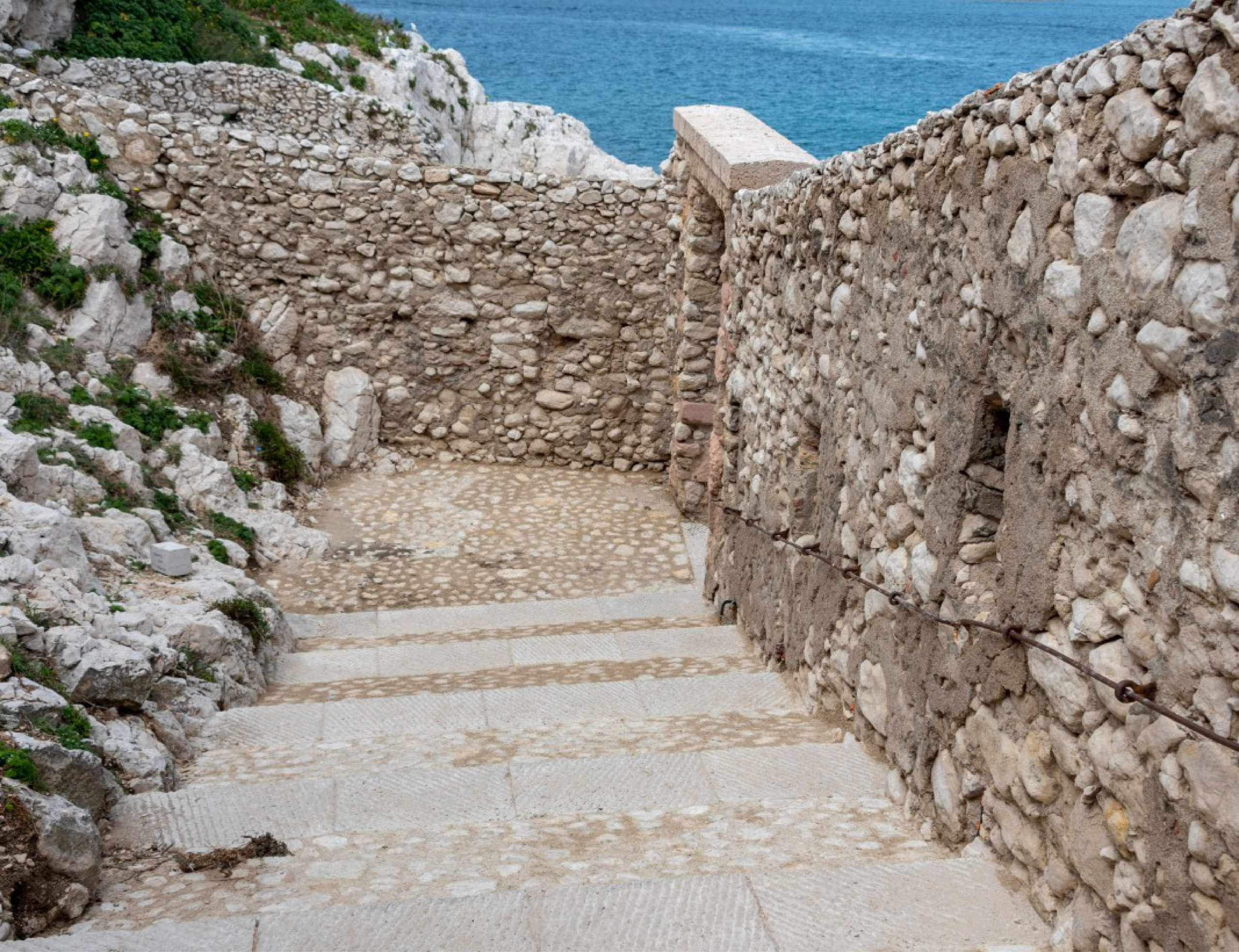
Les ciments naturels dans le patrimoine européen
Histoire, propriétés, applications et conservation
Les 26 et 27 avril 2012
à l’Auditorium de l’INHA
Galerie Colbert, 2 rue Vivienne, 75002 Paris
Organisé par le groupe de travail « Gens de métiers »
Premiers ciments modernes à être fabriqués au tout début du XIXe siècle, les ciments naturels, ou romains, ont été utilisés dans de nombreux pays d’Europe : France, Angleterre, Autriche, Pologne, Italie, République Tchèque…Ces ciments proviennent de la cuisson d’un calcaire argileux. De chamois, en passant par l’ocre et jusqu’au rouge, de très rapide à demi-lent, leurs caractéristiques varient suivant la nature de la pierre de carrière et la température de cuisson. Utilisés autant par les ingénieurs, pour leur qualités hydrauliques, que par les architectes pour leurs qualités esthétiques, ils ont été beaucoup employés dans l’ornementation de façade : moulures et modénatures, décorations par tirage au gabarit et enduit ; mais aussi comme pierres factices à maçonner.
Ce patrimoine, commun à toute l’Europe, abondant mais méconnu, a aujourd’hui besoin d’être identifié et restauré.
Cette conférence, organisée dans le cadre des Journées techniques de l’ICOMOS, présentera les travaux de recherche réalisés d’une part au Laboratoire de recherche des monuments historiques (avec le Cercle des partenaires du patrimoine) sur ces ciments en France, et d’autre part à une échelle européenne, dans le cadre du programme ROCARE (Roman Cement for Architectural REstoration to new high standard).
A visée internationale, elle a pour objectif de présenter l’histoire, les propriétés et les applications des ciments naturels, ainsi que la restauration et les solutions de réparation du patrimoine associé à ce matériau.
Natural cements in european cultural heritage (english version)
History, properties, applications and conservation
26th and 27th of April 2012,
INHA auditorium,
Galerie Colbert, 2 rue Vivienne, 75002 Paris
Organised by th work group « Gens de métiers »
First modern cements to be industrially produced at the beginning of the XIXth century, so-called natural or roman cements were used in a lot of European countries : France, England, Austria, Poland, Italy, Czech Republic…Those cements were produced by burning in a oven a limestone containing clay. From fawn-coloured to ochre and red, from quick setting to semi-slow, their characteristics varied depending on the quarry and the burning temperature.Used as well by Engineers for their hydraulic properties, and by architects for their aesthetic qualities, they were massively employed for façade ornaments : mouldings, run in situ mortar and rendering ; but also as cast-stone for masonries.
This cultural heritage common to the whole Europe, which is both abundant little-known needs now to be clearly identified and restored.
This conference, organised within the frame of the ICOMOS technical days will present the research performed from one side in the Laboratory of Research on Historical Monuments on the French cements (with the Cercle des partenaires du patrimoine), and on the other side at a European level, within the ROCARE EC-project (Roman Cement for Architectural REstoration to new high standard)
Aimed to an international audience, this conference will present the history, properties and main uses of those natural cements, but also the restoration and repair solutions associated to this material.

